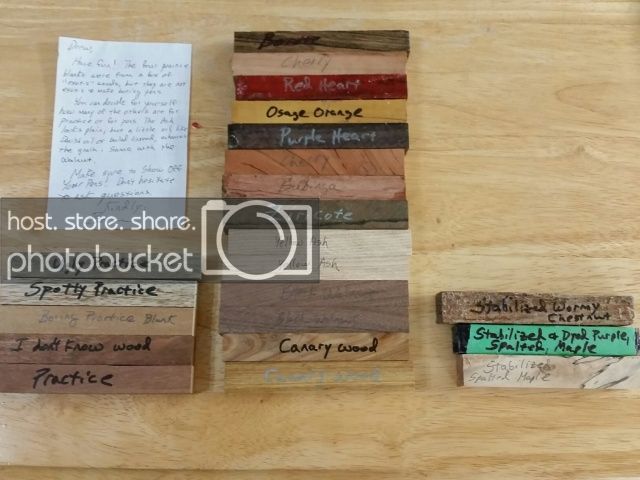Drewboy22
Member
I just picked up my lathe this weekend. I found an old 12 X 36 sears lathe  . I also picked up some wood from the area, some dry some not. I picked up several straight pieces of Peach wood, some cedar, and even an old 4x4 I had laying around. I always hear about stabilizing wood and what-not, but does it have to be done? I just want stuff to practice on and may end up with some chain pulls or, who knows, maybe even a pen
. I also picked up some wood from the area, some dry some not. I picked up several straight pieces of Peach wood, some cedar, and even an old 4x4 I had laying around. I always hear about stabilizing wood and what-not, but does it have to be done? I just want stuff to practice on and may end up with some chain pulls or, who knows, maybe even a pen . I guess my question is this - What "needs" to be done to wood before you make something out of it? What wood should you stay away from? If I make a pull and the wood is not dry is it going to split and break?
. I guess my question is this - What "needs" to be done to wood before you make something out of it? What wood should you stay away from? If I make a pull and the wood is not dry is it going to split and break?
Anything else I missed and you can think of answering I would greatly appreciate it.
Thanks again,
Drew
Anything else I missed and you can think of answering I would greatly appreciate it.
Thanks again,
Drew

